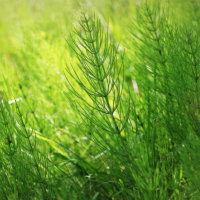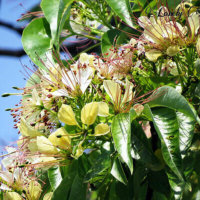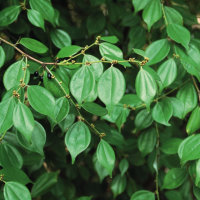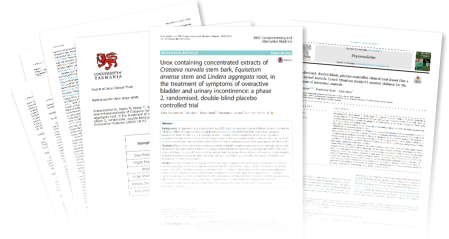
Designed for performance. Manufactured for trust.
Clinically developed to meet global standards.
Our patented formulations are developed for efficacy, safety, and scalability. Every batch of Urox® is manufactured in the United States in cGMP-certified facilities, using clean-label principles and quality confirmed by rigorous testing at each stage of production.
Built for flexibility and regulatory readiness
Unlike some natural products, our efficacy is clinically documented.
Whether you’re launching a new range or expanding an existing one, our formulations are designed to integrate seamlessly into your product line. We support private label, bulk ingredient powder blend, and finished bottled product formats, all with supporting documentation to meet global regulatory standards.
Powder blend, bulk capsule, finished bottle, or custom formulation
GMP-certified manufacturing in the United States
Regulatory-ready ingredient and clinical dossiers
Shelf-stability, low-allergen ingredients
Vegetarian / vegancapsules
Supply chain transparency and batch consistency

A clean-label approach
No unnecessary additives.
Our vegan formulations are designed for real-world use in sensitive populations — including children, older adults, and those avoiding synthetic inputs. Every component is selected for its safety, tolerability, and synergy with Urox® herbal blend. Free from:
- Gluten
- Dairy
- Egg
- Fish
- Nuts
- Soy
- Celery
- Mustard
- Seeds
- Sulfites
- Lupin
- Shellfish
- Molluscs
- Potato
- Yeast
- Honey
- No stimulants or sedatives and suitable for long-term daily use.
What’s inside — and why it works!
Standardized herbal actives chosen for functional synergy.
Each formula is built from a core trio of evidence-backed botanicals, selected for their effects on the bladder, nervous system, and connective tissue. These are supported by carefully balanced excipients and encapsulation formats that preserve stability and bioavailability.

Equisetum arvense
Astringent and anti-inflammatory support for the bladder.

Crateva nurvala
Improves bladder tone and detrusor control.

Lindera aggregata
Calms nerve overstimulation and supports tissue repair.
Scale with confidence. Our ingredients are wildcrafted or ethically farmed, third-party tested, and manufactured to meet the highest global standards.










Why partner with us?
Built for brands. Backed by clinical science.
- Licensing Ready
IP-protected and fully documented.
- Clinically Validated
Human and in vivo trials, peer-reviewed and published.
- Made in the USA
GMP-certified, low-allergen, and scalable.
- Flexible Format
Capsules, bottled, powder or bulk ingredient formats.
- Custom Formulas
Custom formulations to reflect your unique brand.



